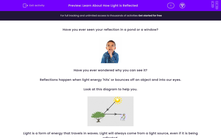Have you ever seen your reflection in a pond or a window?

Have you ever wondered why you can see it?
Reflections happen when light energy 'hits' or bounces off an object and into our eyes.
Look at this diagram to help you.
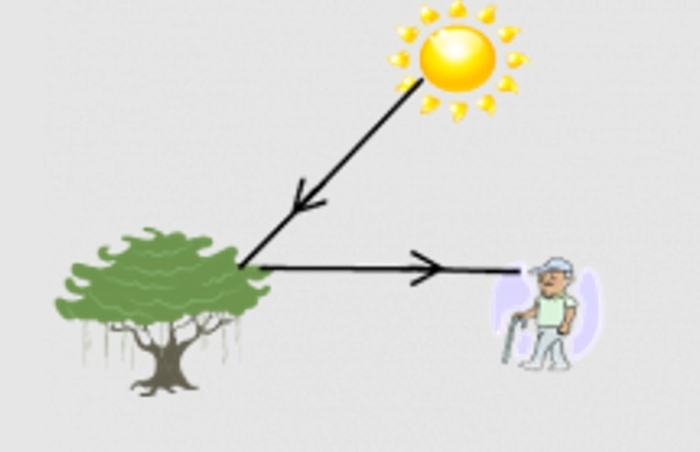
Light is a form of energy that travels in waves. Light will always come from a light source, even if it is being reflected.
Waves of light can also be called beams or rays.

Light always travels in a straight line, so it is best reflected by smooth, shiny and flat surfaces.
A very still pond or lake can reflect because it is so smooth and so shiny, but if you put your hand in the water, the reflection becomes all wobbly because the surface isn't flat any more.
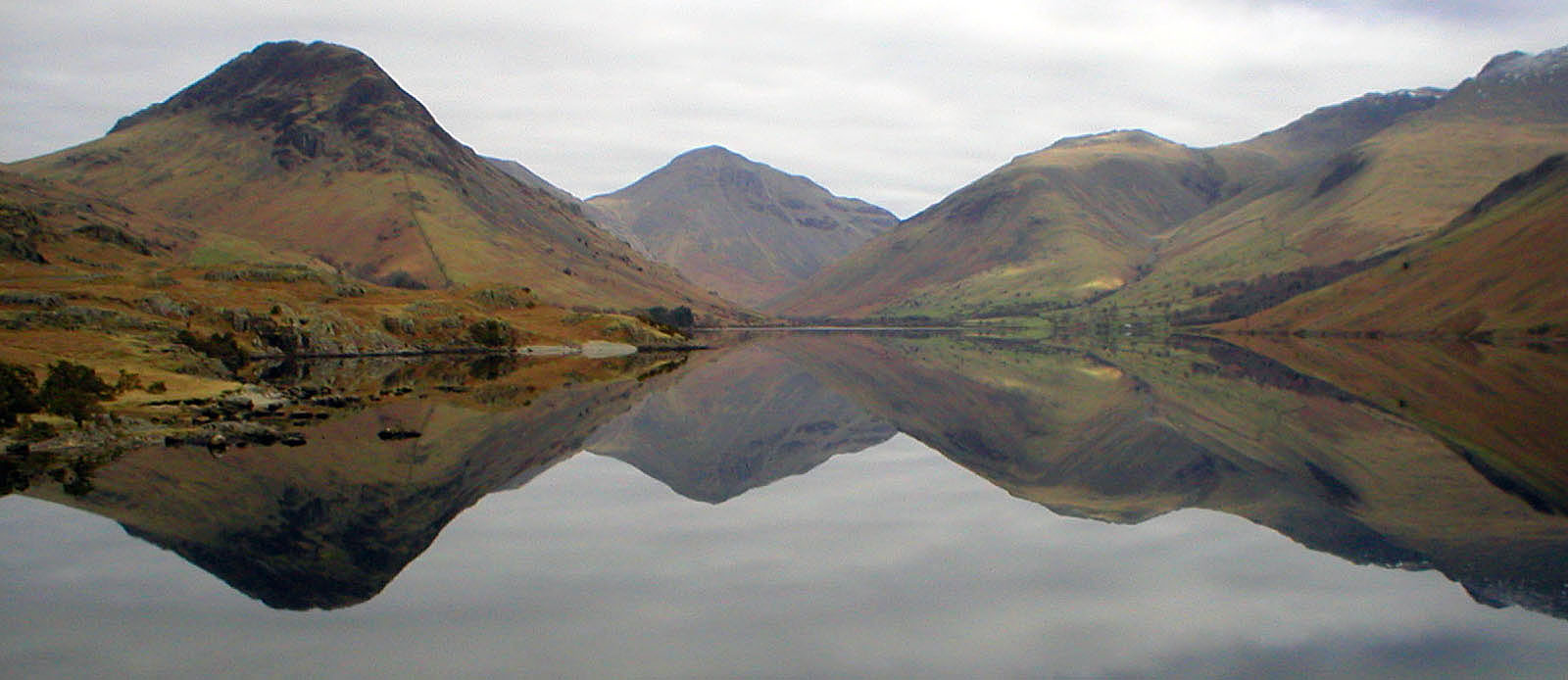
Humans have learnt to make different materials that can reflect very well. We use them to help us see and stay safe at night.
Examples of these are:
> Reflective clothing like high visibility (high-vis) jackets, helmets and bands or sashes that cyclists wear so they are seen at night.
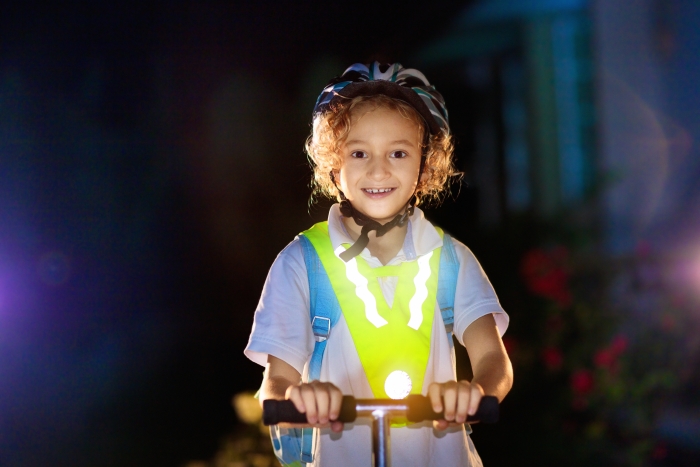

> Reflectors on bicycle wheels and pedals.
> Cats' eyes and traffic cones that reflect on the road.
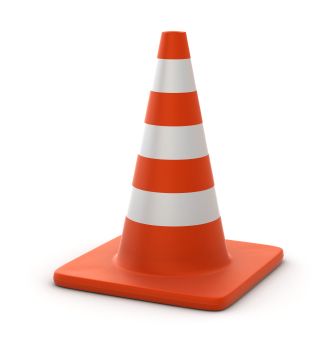
Have you ever noticed reflective strips on trainers? This is to help people to stay safe at night so that if we are walking near a road, our shoes will reflect car and street lights, to show other people we are there!
All of these materials have been created to be the best reflectors, so when lights from a vehicle like a car or a street light shine on them, they help humans to know where the edge of the road is or where the cyclist is on the road.
In this activity, we will be thinking about how light travels and how reflections work!
Let's get started.

